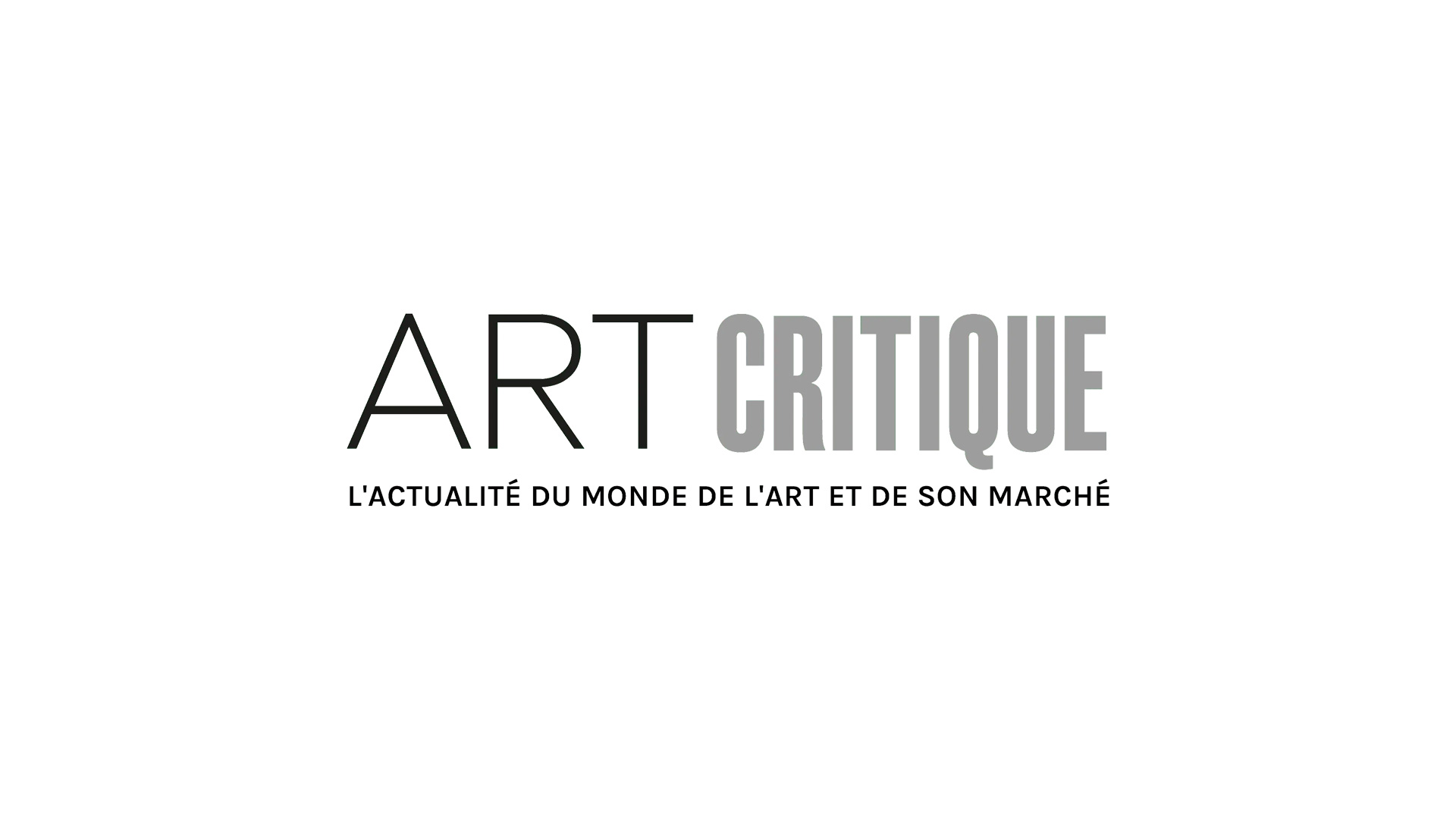How the partial government shutdown is affecting the museum sector
In the US, a partial government shutdown has wreaked havoc on various facets of American life since December 22nd. The Smithsonian Institute, for example, which operates on government funding has struggled to stay open. The shutdown is due to Congress and Trump not coming to an agreement on this year’s national budget (much in part to disagreements on the $5 million Trump isn’t budging on to fund a wall along the US/Mexican border). Since December, the various museums that fall under the Smithsonian umbrella have operated on left over funds. Those ran out on January 2nd and 3rd forcing all 19 Smithsonian museums in New York and Washington DC to close their doors to the public until the government is back up and operating.

Despite the shutdown affecting thousands of people, there doesn’t seem to be much of an end in sight. During the shutdown, ‘essential personnel, necessary for security and life safety’ will continue working within the museums. ‘For us, it’s really disappointing for our public because we know so many people come to Washington with plans to visit the Smithsonian museums, which are free, and they really plan on that being a part of their visit to the city,’ Linda St. Thomas, a Smithsonian spokesperson told DCist.
While the shutdown affects a number of national sites, there are still places for DC tourists to explore while the government is at a stalemate. These museums include the Phillips Collections, the National Museum of Women in the Arts, the National Building Museum, and the Newseum, to name a few.
New tax havens for art collectors?
Another US government happening that occurred in December was the signing in of the Tax Cuts and Jobs Acts by President Trump. By signing the tax overhaul, 1031s, or ‘like-kind exchanges’ were eliminated. Named for their tax law code, 1031s were a powerful driver in the US art market in recent years. 1031s were created in the 1920s to benefit farmers. However, the tax law allowed investors to defer capital gains tax (CGT) attached to high-value assets by swapping one asset for another kind of a similar nature. This meant CGT could repeatedly be deferred until an investor did not continue the swapping of assets.

While 1031s have been done away with, the new tax act has introduced a new form of swapping called Qualified Opportunity Zones (OZs) specifically aimed at assisting investment in distressed communities through tax benefits. This means that if the profits made by any sale of assets – including art – are invested in OZs within 180 days the CGT may be significantly reduced or complete eradicated. At the moment there are 8,700 zones that qualify for OZs in the US and its territories, like Puerto Rico. If a taxpayer holds an investment for five years, the taxable gain will decrease by 10%; if held for seven years, the gain will go down another 5%. For OZs lasting 5-7 years, they must end before December 31st, 2026 according to the US Trust. Ultimately, if an investment is hung on to for 10 years, though, there may be no tax to be paid at all.





